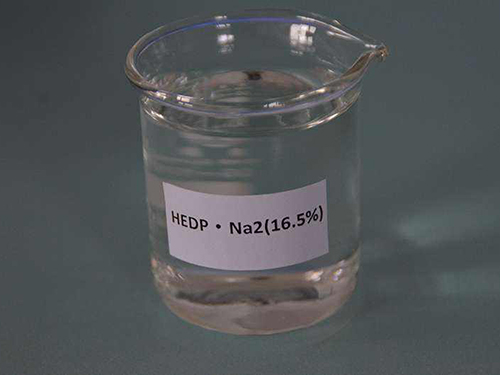Polyacrylamide in Water
Polyacrylamide is a synthetic polymer widely used in various applications due to its unique properties, especially when dissolved in water. It is formed from the polymerization of acrylamide monomers and has garnered attention in fields ranging from agriculture to biomedical research. The ability of polyacrylamide to form hydrogels when mixed with water makes it particularly valuable.
One of the primary uses of polyacrylamide solutions is in soil management within agricultural practices. Farmers often incorporate it into the soil to improve water retention, thereby enhancing crop yield in arid regions. The polymer can absorb significant amounts of water—up to several hundred times its weight—creating a reservoir that releases moisture slowly to plant roots. This not only conserves water but also reduces the frequency of irrigation, making farming more sustainable.
In environmental applications, polyacrylamide is used for water treatment processes. Its properties facilitate the removal of suspended particles and contaminants from wastewater. When added to wastewater, polyacrylamide promotes flocculation, where particles clump together to form larger aggregates that can be easily separated. This process is crucial for industries that require stringent water quality standards, helping to prevent environmental pollution.
polyacrylamide in water

Moreover, in the biomedical field, polyacrylamide hydrogels are utilized for drug delivery systems and tissue engineering. The hydrophilic nature of these gels allows them to mimic the natural extracellular matrix, supporting cell adhesion and growth. By encapsulating drugs, polyacrylamide can provide controlled release, enhancing the efficacy of treatments while reducing side effects.
Despite its advantages, the use of polyacrylamide must be approached with caution. Acrylamide is a neurotoxin and potential carcinogen, raising safety concerns, especially in the production and handling of the polymer. Researchers and manufacturers continuously work on improving the safety profiles of polyacrylamide products to mitigate these risks.
In conclusion, polyacrylamide in water represents a versatile solution with numerous beneficial applications in agriculture, environmental management, and biomedicine. Its capacity to retain water and facilitate reactions makes it indispensable, but ongoing vigilance regarding its safety is essential. As research continues, the potential of polyacrylamide may expand further, highlighting the need for responsible handling and innovative applications.
-
lk-319-special-scale-and-corrosion-inhibitor-for-steel-plants-advanced-solutions-for-industrial-water-systemsNewsAug.22,2025
-
flocculant-water-treatment-essential-chemical-solutions-for-purification-processesNewsAug.22,2025
-
isothiazolinones-versatile-microbial-control-agents-for-industrial-and-consumer-applicationsNewsAug.22,2025
-
scale-inhibitor-key-solutions-for-water-system-scale-preventionNewsAug.22,2025
-
organophosphonates-versatile-scale-inhibitors-for-industrial-water-systemsNewsAug.22,2025
-
scale-and-corrosion-inhibitor-essential-chemical-solutions-for-water-system-maintenanceNewsAug.22,2025





